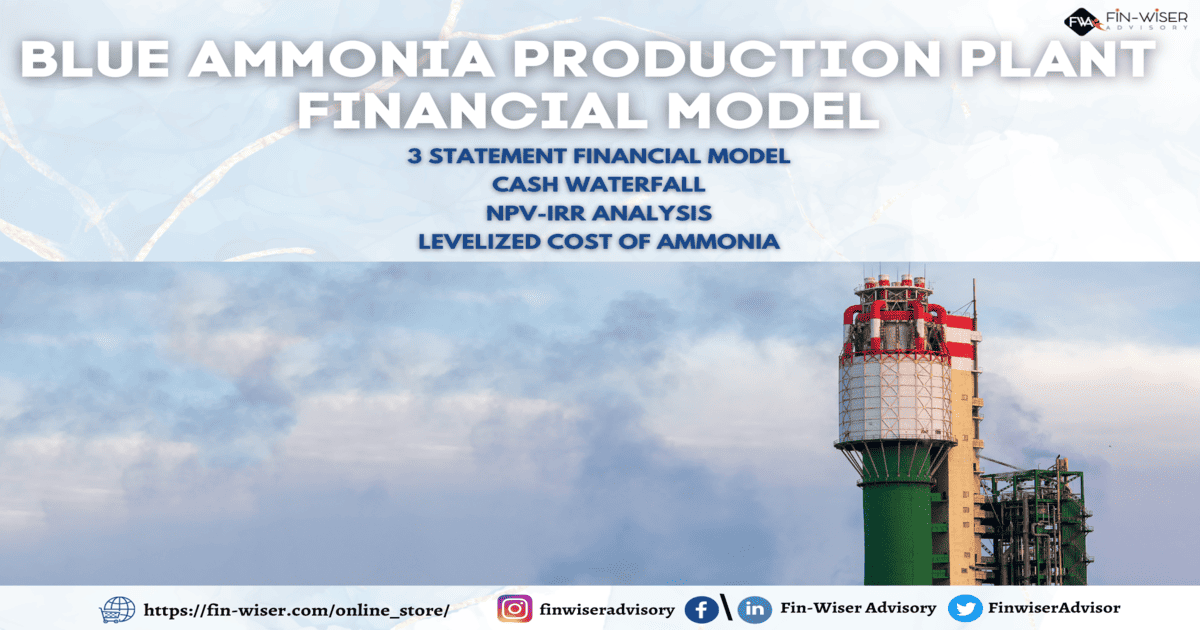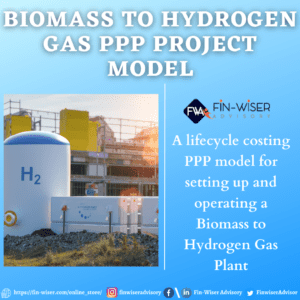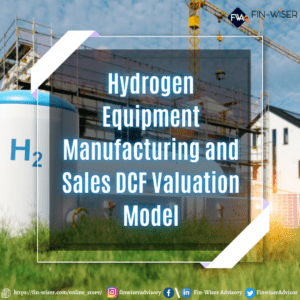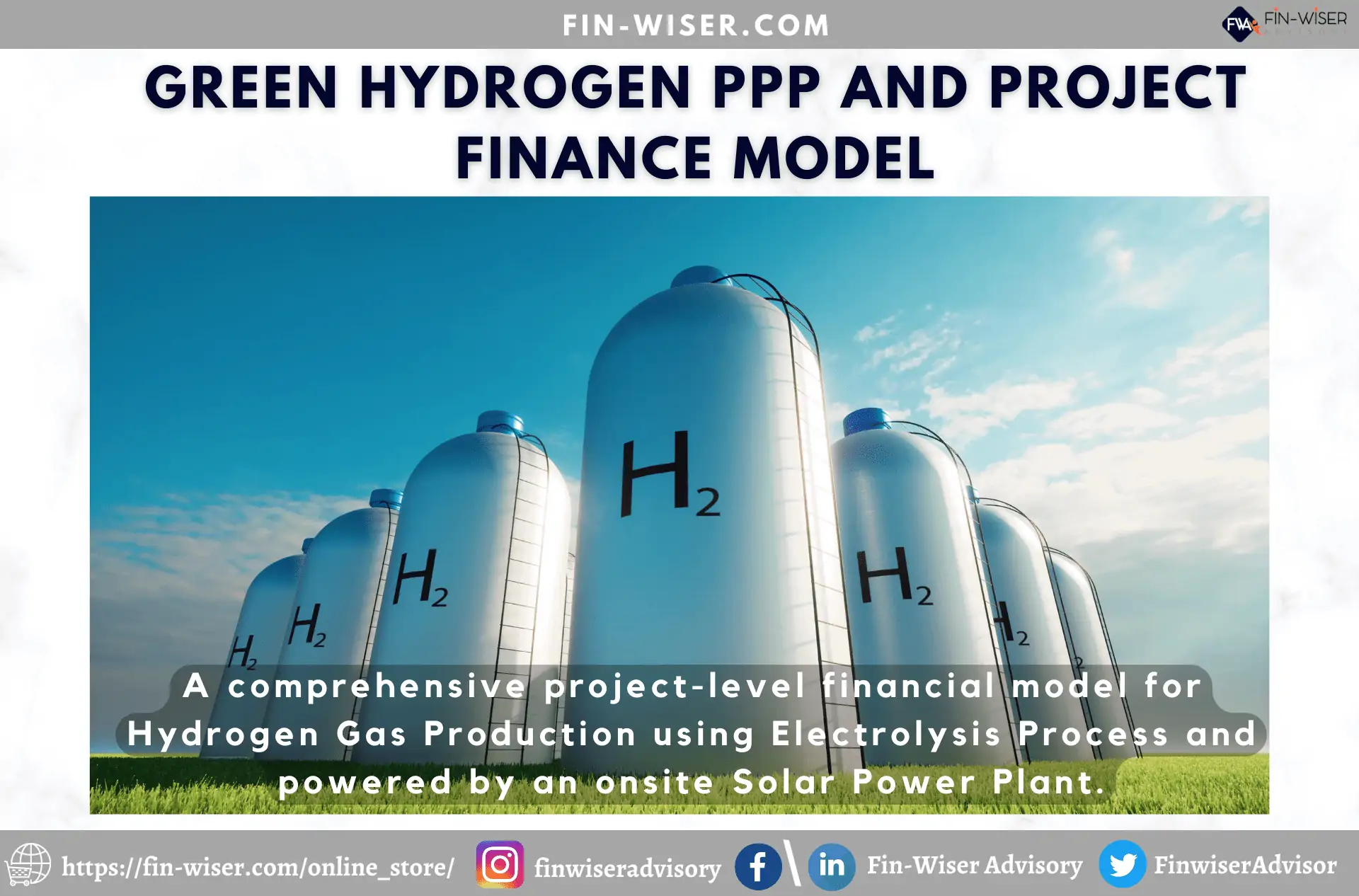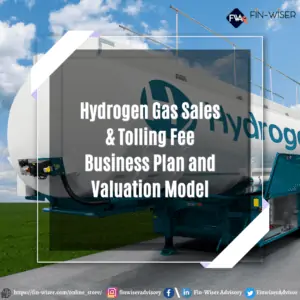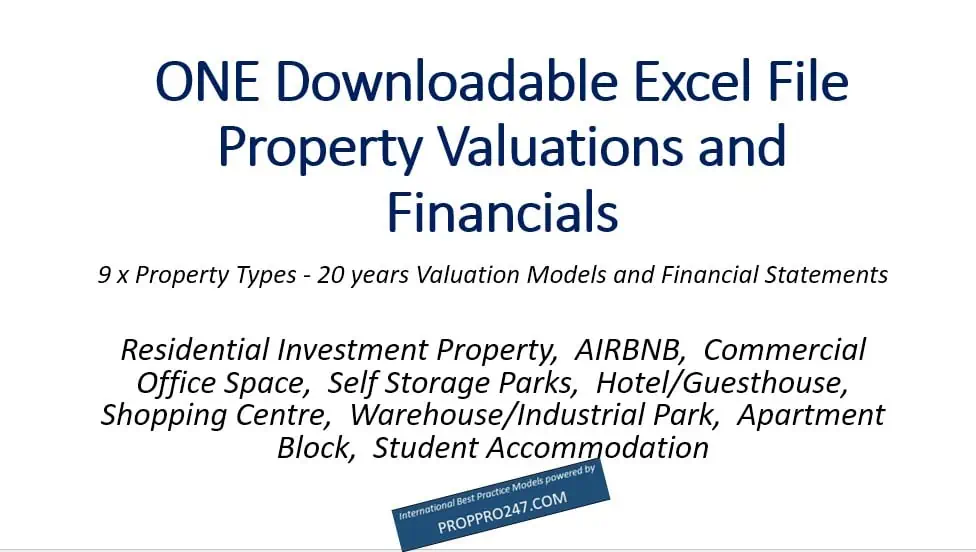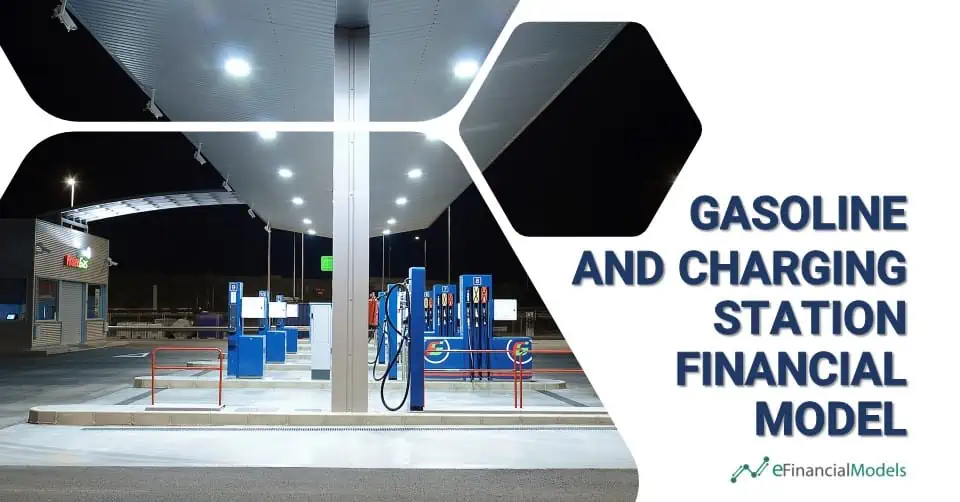Blue Hydrogen using Natural Gas – 3 Statements, Cash Waterfall & NPV/IRR Analysis
An integrated and comprehensive Blue Hydrogen Production Plant Model which helps organizations to assess the financial viability of setting up and operating a hydrogen production plant using Natural Gas as Feedstock, Carbon Capture & Storage unit.

Blue hydrogen, a key player in clean energy, is generated from natural gas with carbon capture technology, significantly reducing emissions. Its potential spans industries, from fueling transportation to powering grids. This eco-friendly alternative aligns with sustainability goals while addressing energy and environmental challenges.
Fin-wiser has developed an integrated and comprehensive Blue Hydrogen Production Plant Model which helps organizations to assess the financial viability of setting up and operating a hydrogen production plant using Natural Gas as Feedstock, Carbon Capture & Storage unit.
The Model includes assumptions related to:
- Development cost, Construction costs, and Developer’s Fee
- Plant processing capacity and Ammonia Production.
- Ammonia Sales, Gate fees, and other sources of revenue.
- Feedstock cost (Natural Gas) and Carbon Sequestration Cost
- Variable O&M cost per ton (divided into 8 subheads such as Salary, Electricity, Boiler Feed Water, Cooling Water, and Catalyst & Chemicals) and other fixed costs (SPV, insurance, land lease, community payment, management fee & more)
- Flexible Funding Profile – Cash equity, Bridge Loan, Bank Debt, DSRA, and Bank overdraft
- Working Capital Assumptions related to accounts receivable and payables.
- Straight Line and Accelerated Depreciation option
- Annuity, Sculpted Debt, and Even Principal Repayment options
- Inflation and Indexation
- VAT during the construction and operations phase
Model Output includes:
- Project IRR & NPV
- Equity IRR & NPV
- Minimum and Average DSCR
- LLCR and PLCR
- Equity Payback Period
- Levelized Call of Ammonia (LCOA)
- Cash Waterfall
- Debt Service Profile
- Integrated Financial Statements
- Fully Integrated Dashboard
Model Package includes:
- Excel-based financial model (Excel binary format, i.e., xlsb)
- Macro Word Document – This includes the VBA Code used in the model for the user’s reference.
Why Fin-wiser’s Financial Model Template:
- Our model allows greater flexibility in terms of deciding upon the forecast period length. Users can choose from Monthly, Quarterly, Semi-Annual, or Annual forecast period lengths. This provides more detailed data for Analysis.
- The model is divided into two phases, i.e., Construction and Operations. The user has the flexibility to decide upon each period length individually and can also choose to populate each model phase on a monthly, quarterly, semi-annual, or annual basis.
- All revenue and cost assumptions can be input into 3 scenarios. This helps users to assess the impact of multiple business scenarios in one model. This can be operated simply with a click of a button.
- The Debt funding drawdown has 3 scenarios that can help users assess the impact on the IRR and make the best possible negotiations with the financial institutions.
- The debt repayment has been profiled with 3 scenarios, i.e., Annuity payment, Even Principal Payment, and Debt sculpted repayment. You can change the scenario with a click of a button and assess the impact on IRR.
- The model is built with Financial Modeling Best Practices and has clearly defined input, calculations, output cells, and tabs to help even a rookie Excel user operate the model efficiently.
- Our Models are thoroughly reviewed and Quality-checked for Arithmetic and Logical flow
Technical Specifications:
- The model uses Macros (VBA) especially to consider the interest during the construction phase in the Uses of Funds Table. To run the model optimally, keep macros enabled. In case you do not like Macros, you could manually disable or remove the Macros and will have to rework the model’s logic to be used without Macros, but it is not recommended by the author.
- The model is built using the Microsoft Excel 2019 version for Windows. Please note, on certain Mac laptops or MS Excel prior to 2007, Excel with Macros can slow down your computer if your PC does not have enough processing power.
- We advise you not to delete or insert rows and columns into the model if you are not aware of the model structure, as it can distort model functioning. If you need assistance with customizing the model template, the author is more than willing to help you. Simply contact us via the Contact Author button and send your model template as well as specifications. We will then get back to you with a quotation for the customization service (billable hours & completion date).
- The model uses Cell Styles
Similar Products
Other customers were also interested in...
Blue Ammonia using Natural Gas – 3 Statements, C...
An integrated and comprehensive Blue Ammonia Production Plant Model that helps organizations assess ... Read more
Biomass to Hydrogen Gas PPP Project Model Template
Biomass to Hydrogen Gas PPP Project Model with 3 Statements, Cash Waterfall & NPV – IRR Analys... Read more
Hydrogen Gas Equipment Manufacturing and Sales Mod...
This is a very detailed and user-friendly financial model with three financial statements ... Read more
Green Hydrogen Project Financial Model (Electrolys...
A Project-Level Financial Model to assess the financial feasibility of setting up and operating a Gr... Read more
Hydrogen Gas Sales & Tolling Business Plan an...
Hydrogen Gas Sales & Tolling Fee business plan and valuation model is an excellent tool to asses... Read more
Green Ammonia from Renewable Energy Financial Mode...
This comprehensive 40-year tool aid investors in evaluating potential risks and returns and assess t... Read more
Discounted Big Bundle Real Estate Valuation and Fi...
One Excel file for this bundle of Valuation and Financial forecasting models. Storage Parks, Hotels,... Read more
Green Hydrogen (Electrolysis) Production Financial...
This green hydrogen financial model template builds a multi-year financial plan to analyze the finan... Read more
Gasoline and Charging Station Financial Model
Investors can assess the viability of setting up and investing in gasoline stations with a charging ... Read more
Blue Hydrogen Production Financial Model
The objective of this financial model is to develop a comprehensive business plan of 40 years foreca... Read more
You must log in to submit a review.








